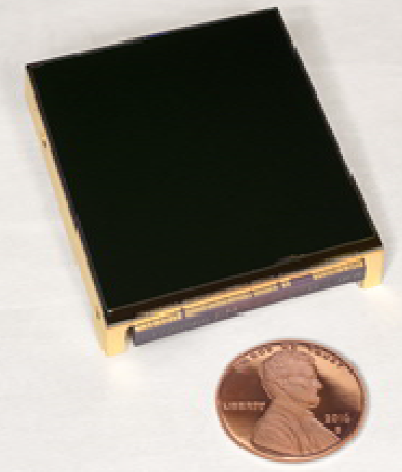The NEO Surveyor Mission’s 50-cm telescope onboard the NEO Surveyor space observatory is only slight larger than the 40 cm WISE telescope, which successfully discovered more than 34,000 asteroids from space, including 135 NEOs. Yet NEO Surveyor's field of view is many times larger than that of WISE, allowing the mission to discover tens of thousands of new NEOs with sizes as small as 30-50 m in diameter.
NEO Surveyor’s instrument will use detector arrays manufactured by partner Teledyne Imaging Sensors similar to those used by NASA's WISE mission and the Hubble Space Telescope's Wide-field Camera 3 instrument. The detectors are modified slightly to allow them to detect longer infrared wavelengths while still being optimized for looking into cold space. The NEO Surveyor’s detectors' high heritage for astronomical applications, excellent noise characteristics, and relatively "warm" allowable operating temperature make them the preferred choice for detecting near-Earth objects.
By operating at the L1 Lagrange point, the NEO Surveyor will be in a stable, cold environment. The mission's mercury-cadmium-telluride (HgCdTe) detectors are capable of operating in this environment for many years without requiring expensive cryocoolers or life-limiting cryogens. The NEO Surveyor will use Teledyne's HgCdTe Astronomical Wide Area Infrared Imager (HAWAII) detector architecture, which is in use in astronomical telescopes around the world.


